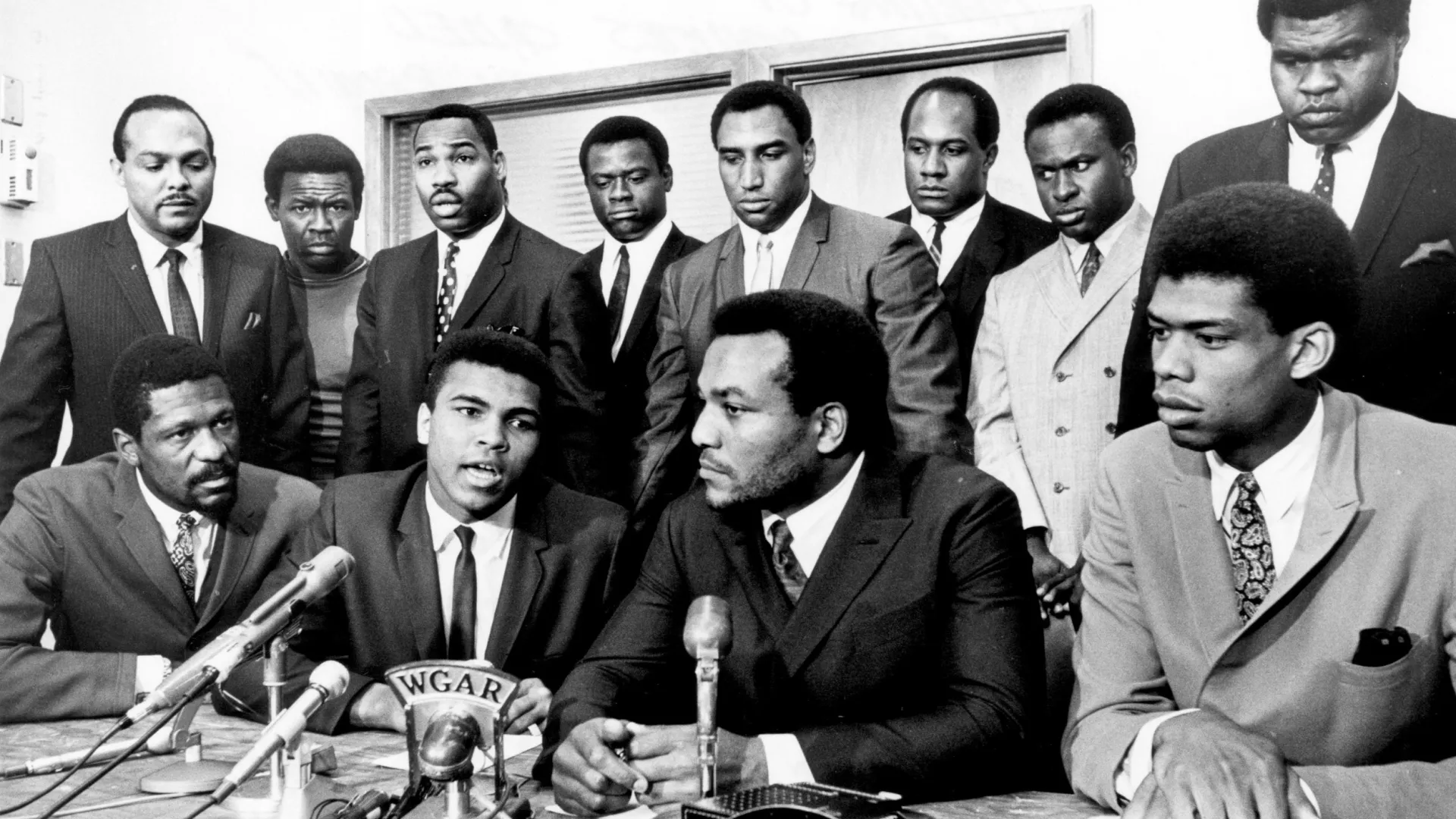
Persuading Others
“A leader is someone who tries to bring about positive change and persuades others to go on that journey with them.”
This is the definition of a leader I shared in part 1 of this series. If you haven’t read the article, you should do so first and then come back here. See you in 4 minutes.

Nelson Mandela and Francois Pienaar Ellis Park, Johannesburg, 24 June 1995
As I wrote in the piece, “To become a good leader … the second fundamental thing you need is to learn how to persuade others – your followers – to join you on your mission.”[i]
This aspect of leadership gets less attention than I think it should. Persuading others is the very essence of leadership: if nobody is following you, you’re not a leader. Failing to pay attention to this seemingly obvious statement, is at the heart of many a leadership misadventure: most of us know at least one brilliantly effective and highly successful individual that floundered when they took the step up to leading others.
Societal changes over the last few decades, and their impact on employment law and workplace culture, have complicated the art of persuasion for organisational leaders. In many parts of the world, the days when bosses were unquestionable figures of authority are firmly behind us.
Employees are increasingly embracing the power of choice: choice of industry sector, of organisation, of country; choice between the commute and the home office, between part-time, full-time and flexi-time hours, between career progression and work-life balance. The number of workers chasing the gold retirement Rolex is dwindling rapidly.
Consequently, organisational leaders are less able to utilise Fear – the fear of dismissal, of castigation, of the boss’s disapproval – as a tool of persuasion. Contrary to media and political rhetoric, the reason many organisations pursue DEI initiatives is to attract talent and boost employee retention. Leaders are pushing for more inclusive cultures specifically because they don’t want their best people to choose to go work elsewhere.
Increasingly, leaders who want sustained success are having to sell a vision to their followers rather than simply tell them what to do.
Nelson Mandela assumed Presidency of post-Apartheid South Africa in 1994 with a declared vision of a “peaceful and harmonious nation of equals.” Somehow, he successfully navigated the herculean task of persuading the ANC and its members to pursue a path of reconciliation with the white minority that had once ruled so harshly over them.
31 years on, South Africa is not without its socioeconomic challenges but the high degree of racial harmony it continues to experience is both a stark contrast to the preceding half century and a great testament to the persuasive powers of its first democratically elected President.

President Cyril Ramaphosa raises the Rugby World Cup alongside captain Siya Kolisi and the Springbok squad – 28 October 2023
So … you have a clear vision of the Positive Change you want to make and you are now committing to learning how to be more persuasive. What next?
The series will continue with articles discussing some useful leadership traits that you can develop / improve / lean on in your quest to become a more impactful leader.
As usual, you can contact me here if you’d like to talk leadership.



